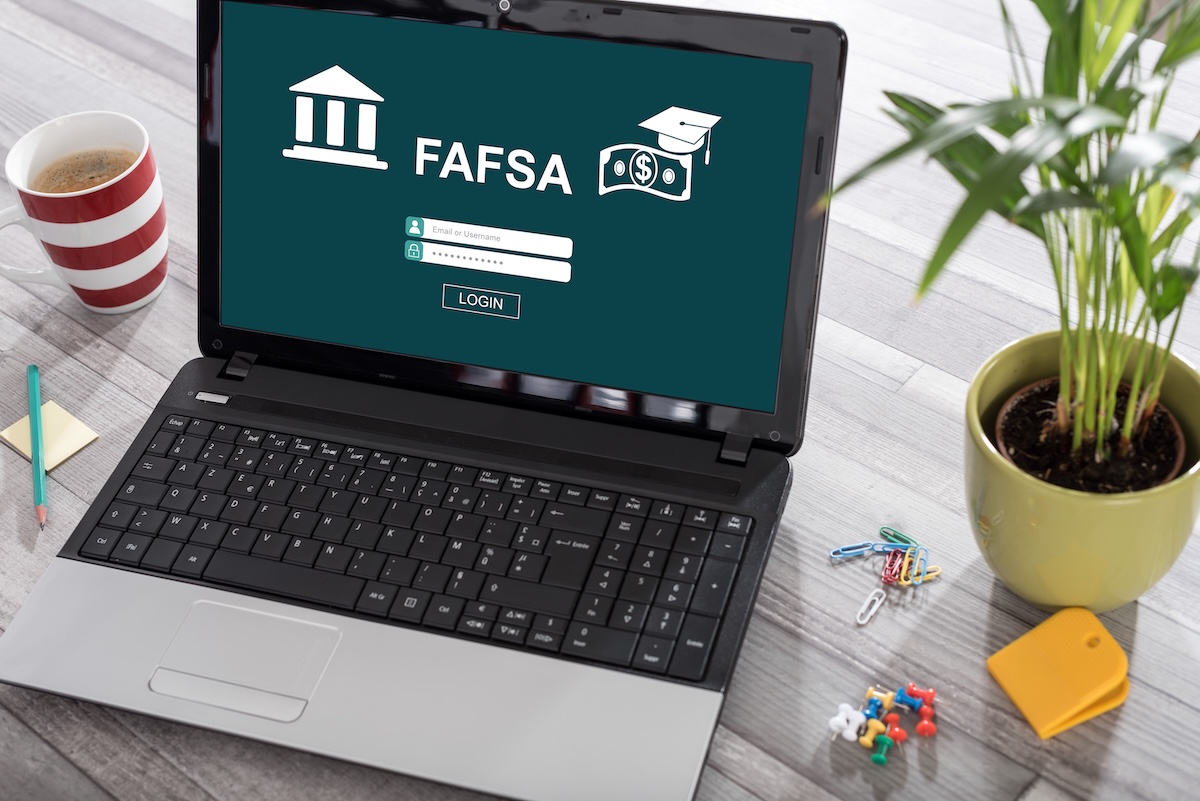FAFSA Set To Launch October 1 With Key Updates


For the first time in three years, the Free Application for Federal Student Aid (FAFSA) is set to be released on its traditional October 1 date, restoring a sense of normalcy to the college financial aid timeline after two years of disruptions and delayed rollouts.
The Department of Education started beta testing on Monday, and re-iterated that the 2026-27 FAFSA will go live as scheduled this fall, with new technical and user-experience updates intended to address some of the problems that plagued the system during the last two years.
For high school seniors and families, the earlier availability may ease planning during the final stretch of the college application process.
For more than a decade, October 1 has been the standard release date for the FAFSA, allowing colleges enough time to offer financial aid packages well ahead of admission decisions. That timeline was upended during the last two years. A major overhaul to the FAFSA’s design and back-end processing in 2023 pushed the launch from October to January. In 2024, the form launched again, this time in late November, but was marred by calculation errors, a glitchy contributor process, and delayed processing of aid records.
The release this year, paired with a new round of beta testing beginning this month, is meant to keep that from happening again.
In its announcement, the department confirmed that it would roll out the 2026–27 FAFSA in phases, beginning with a limited number of school districts, college-access nonprofits, and institutional partners. The first beta testing period began this week, with a second wave scheduled for late August or early September.
During this testing phase, schools and agencies will begin receiving official Institutional Student Information Records (ISIRs), the electronic files used to package financial aid, even before October 1. While institutions can use them to offer aid, they are not required to process them until their internal systems are ready.
For families, remember: the earlier you submit the FAFSA the better. While some types of aid have no deadlines (such as federal student loans), colleges typically operate first-come, first-serve, and some states do have deadlines for state grants (such as the CalGrant).
Two major updates are being rolled out ahead of this year’s FAFSA: instant identity verification for users with Social Security numbers and a redesigned contributor invitation process.
Previously, identity verification could take several days, preventing applicants from importing their IRS data into the FAFSA in real time. Now, accounts created at StudentAid.gov will be verified immediately for users with SSNs, allowing income data to transfer into the FAFSA during the same session. Users without SSNs will still need to follow the older verification process.
The contributor process, which caused confusion and blocked some families from submitting completed FAFSAs last year, has been simplified. Instead of needing to know a parent or guardian’s identifying information, students can now invite a contributor by entering an email address. The contributor will receive a one-time code and a direct link to access the form. They no longer need to be registered at StudentAid.gov in advance.
If a contributor begins the FAFSA instead of the student, the old invite process will still apply in reverse.
We still recommend that the student starts the FAFSA, and invites the parent contributor.
Colleges and state agencies are already being told to expect early ISIRs this month, even if they are not participating in beta testing directly. That’s because students in the test group can send their FAFSA results to up to 20 institutions, including those outside the pilot program.
These records, while official, are arriving before many schools have completed updates to their internal aid systems. The department has made clear that schools can wait to import the records until their systems are ready. However, it has also asked them to report any technical problems as soon as possible to prevent larger issues once the full release begins in October.
With the FAFSA returning to its “normal” October launch, many college counselors and financial aid experts hope that families can start budgeting and comparing costs sooner. Some states, including those that award need-based aid on a first-come, first-served basis, are likely to welcome the earlier window.
While bugs and processing slowdowns may still happen, the Department’s new testing approach suggests an attempt to avoid a repeat of past errors. Students and families who want to apply for federal aid are encouraged to create their StudentAid.gov accounts early, review income and dependency requirements, and ensure that everyone involved is reachable via email.
Don’t Miss These Other Stories:

Industrial flex space has become a quiet favorite among sophisticated investors seeking durable income backed by real business demand. If...

Getting an inheritance is the epitome of a mixed blessing. You receive a financial windfall, but the cause is the...

During his tenure as the California Secretary of Health and Human Services, Mike Wilkening cemented his reputation as a steady...